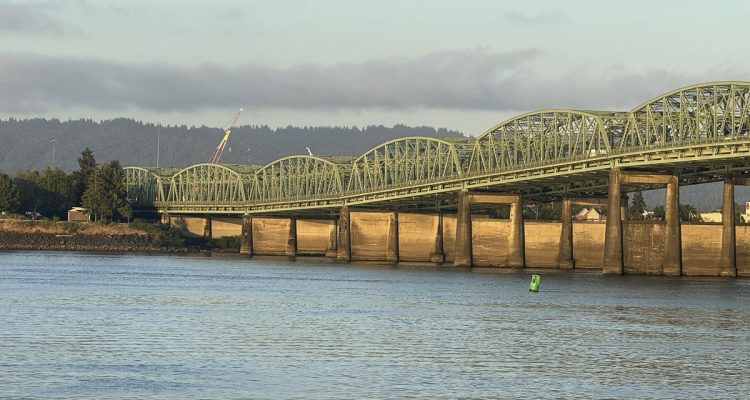![]() Download the full policy brief here.
Download the full policy brief here.
Key Findings
- The overwhelming share of population and employment in the Puget Sound is outside the city of Seattle. Even with the city of Seattle’s unprecedented population and employment growth since 2010, a sizable majority of new residents and employment have located outside the city.
- The Puget Sound region is dispersed, both in employment and residences. While downtown Seattle is the strongest Puget Sound Regional Council (PSRC) employment center and has experienced astounding growth since 2010, more than 85 percent of employment is outside downtown.
- The “Amazon Boom” has brought unprecedented employment growth to downtown Seattle and seems unlikely to play as strong a role in the future. However, even with the “Amazon Boom,” nearly 60 percent of employment growth has been outside the city of Seattle since 2010.
- Autos are used by more than two-thirds of commuters to work trip locations throughout the Puget Sound, with a three-quarters share outside the city of Seattle and just shy of a 50 percent share in the city of Seattle.
- Transit serves a principally niche market, with 48 percent of the commuting to downtown Seattle, and a 9.3 percent share to the rest of the city. Only 3.5 percent of work trips to destinations in the rest of the Puget Sound are on transit.
- Downtown dominates transit commuting. PSRC employment centers outside the city of Seattle exhibit transit commuting characteristics more reflective of suburban areas outside centers, with virtually no realistic potential for reducing vehicle miles through expanding transportation choices. As such, transit has little or no potential to reduce traffic congestion regionally.
- As is typical of virtually all US metropolitan areas, transit access to employment is a small fraction of that accessible by car. It is not feasible to provide comprehensive transit access that is competitive with the auto.
- Even in the New York metropolitan area, with by far the most comprehensive transit system in the United States, 30-minute access to employment by auto is six times that of transit (600 percent that of transit).
- In the Seattle metropolitan area (King, Pierce, Snohomish, and Kitsap counties) auto access to employment within 30 minutes is 19 times that of transit (1,900 percent that of transit).
- Even to downtown Seattle, where transit access is by far the best in the Puget Sound, auto access is more than triple that of transit within 30 minutes.
- The principal finding of this analysis is that: There is no potential, at any cost, for transit to materially reduce driving or to reduce traffic congestion in the Puget Sound. This finding is supported by PSRC projections, at least for the next two decades.
Introduction
This report examines the future of transportation within the Puget Sound. Particular emphasis is placed on transit because of the priority it has received through the political process and the substantial public funding that has been committed. The geographic scope is centered on the counties represented in the Puget Sound Regional Council (PSRC). This includes the Seattle metropolitan area as defined by the Office of Management and Budget as well as the adjacent Kitsap County, which is also a metropolitan area. Some data is only available at the Seattle metropolitan area level.
Metropolitan areas are functional or economic “cities,” which are also labor and housing markets. They stretch beyond jurisdictional boundaries and include all of the incorporated municipalities (also usually called cities) and unincorporated areas. Over the past two centuries, the world, and especially the United States, has experienced substantial economic growth, which has resulted in substantially increased household affluence and a massive reduction in poverty.
Economic research, such as that by Remy Prud’homme and Chang-Woon Lee at the University of Paris as well as David Hartgen and M. Gregory Fields at the University of North Carolina, Charlotte, suggests that the economic growth of metropolitan areas is enhanced by access - the greater the number of jobs that theaverage worker can reach in a particular time, the better the economic performance. Nearly all metropolitan areas in the United States have average one-way commute times of 30 minutes or less, including Seattle.
Transportation policy based on minimizing travel times to work is likely to lead to greater affluence and lower levels of poverty. Not only would the success of such policy result in less traffic congestion, but it would also provide greater access for economically disadvantaged people and provide much greater employment opportunity. Given the fact that the concentration of employment trips during peak travel periods is the principal cause of traffic congestion, this report focuses on the work trip. Policies that improve access to employment are likely to improve access for other trip purposes.
In addition, a transportation system that minimizes travel times to work will expedite the flow of commercial traffic, from local delivery and service vehicles to intercity trucks traveling on local roadways and freeways and to the Puget Sound’s substantial air and seaport facilities.
![]() Download the full policy brief here.
Download the full policy brief here.
RELATED: Watch Wendell Cox's transportation panel presentation at WPC's 2020 Solutions Summit via the video embedded below or click here. See the Solutions Summit Power Point presentation by Wendell Cox here.




